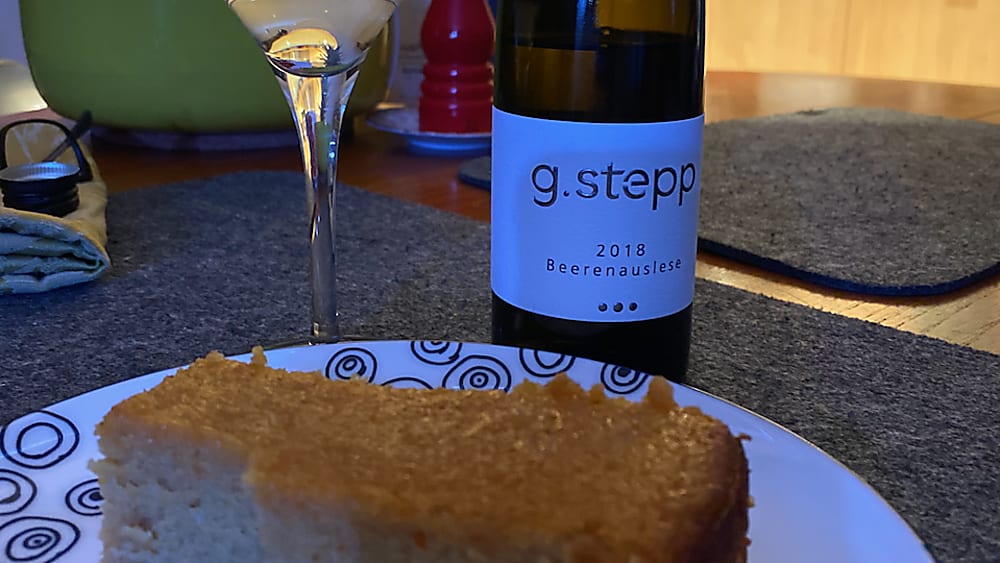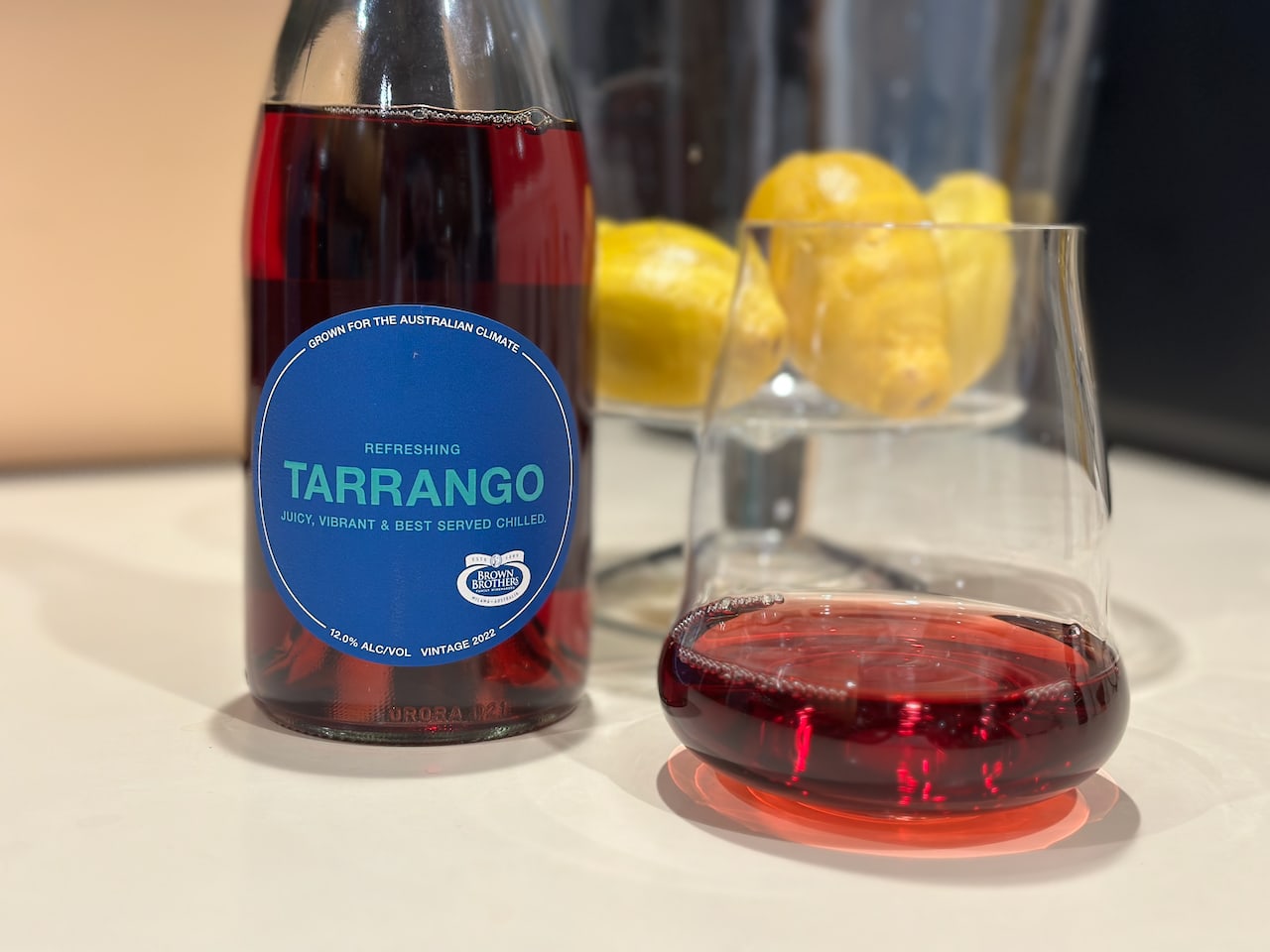Featured Grapes
Riesling,Muscat Blanc à Petits Grains,
Chenin Blanc.
Sweet wines, celebrated for their opulent flavors and versatile pairing capabilities, embody the pinnacle of winemaking craftsmanship. From the lush vineyards of Bordeaux to the sun-soaked valleys of California, the journey from grape to glass is a meticulous process that balances tradition with innovation.
Grape Varieties Ideal for Sweet Wines
A select few grape varieties excel in producing exquisite sweet wines:
- Riesling: Revered for its aromatic intensity and ability to achieve a harmonious balance of sweetness and acidity.
- Muscat Blanc à Petits Grains: Known for its perfumed bouquet and suitability for producing aromatic dessert wines like Muscat de Beaumes-de-Venise.
- Chenin Blanc: Renowned for its versatility, from bone-dry to honeyed sweet versions such as those found in Coteaux du Layon.
Each grape variety imparts unique characteristics to sweet wines, influenced by terroir and winemaking techniques.
The Art of Sweetness: Techniques in Sweet Wine Making
Late Harvest
In regions blessed with ample sunshine, grapes are left to ripen on the vine beyond normal harvest time. This extended ripening period allows grapes to accumulate sugars, resulting in intensely sweet wines. German Eiswein and late harvest Rieslings from Alsace exemplify this technique.
Botrytis Cinerea: The Noble Rot
In certain climates conducive to noble rot, such as the Sauternes region of Bordeaux, grapes are affected by Botrytis Cinerea. This benevolent fungus punctures the grape skins, causing dehydration and concentration of sugars and flavors. The result is a rich, complex sweet wine with notes of honey, apricot, and saffron.
Fortification
In the case of fortified sweet wines like Port and Sherry, fermentation is halted by the addition of grape spirits. This technique preserves residual sugars, creating a fortified wine that balances sweetness with higher alcohol content.
Australian Excellence: Rutherglen Muscat
Australia’s Rutherglen region is renowned for its production of fortified sweet wines, particularly Rutherglen Muscat. This wine is crafted using the solera system, where barrels of different vintages are blended to achieve a consistent and complex flavor profile. Rutherglen Muscat exhibits luscious flavors of caramel, toffee, and dried fruits, making it a beloved choice for dessert pairing or as a decadent after-dinner treat.
Fermentation and Maturation
The fermentation process for sweet wines demands precision to retain residual sugars while maintaining balanced acidity. Cold fermentation techniques are often employed to preserve delicate aromatics and flavors. Following fermentation, sweet wines may undergo aging in stainless steel tanks or oak barrels, enhancing complexity and texture.
Conclusion
Sweet wine making is a nuanced blend of artistry and scientific rigor, where grape selection, terroir, and winemaking techniques converge to create liquid masterpieces. Whether indulging in a decadent Sauternes or a refreshing late harvest Riesling, each glass offers a journey through centuries of winemaking tradition.
Explore the world of sweet wines further to deepen your appreciation for these enchanting elixirs, and discover new favorites that harmonize beautifully with desserts or stand elegantly on their own.
I learned so much and revised quickly with Brainscape and their WSET Level 3 Flashcards.
Get started for FREE today, but you can unlock all the flashcards and SAVE 20% with this special discount code DAMIENWINE.







